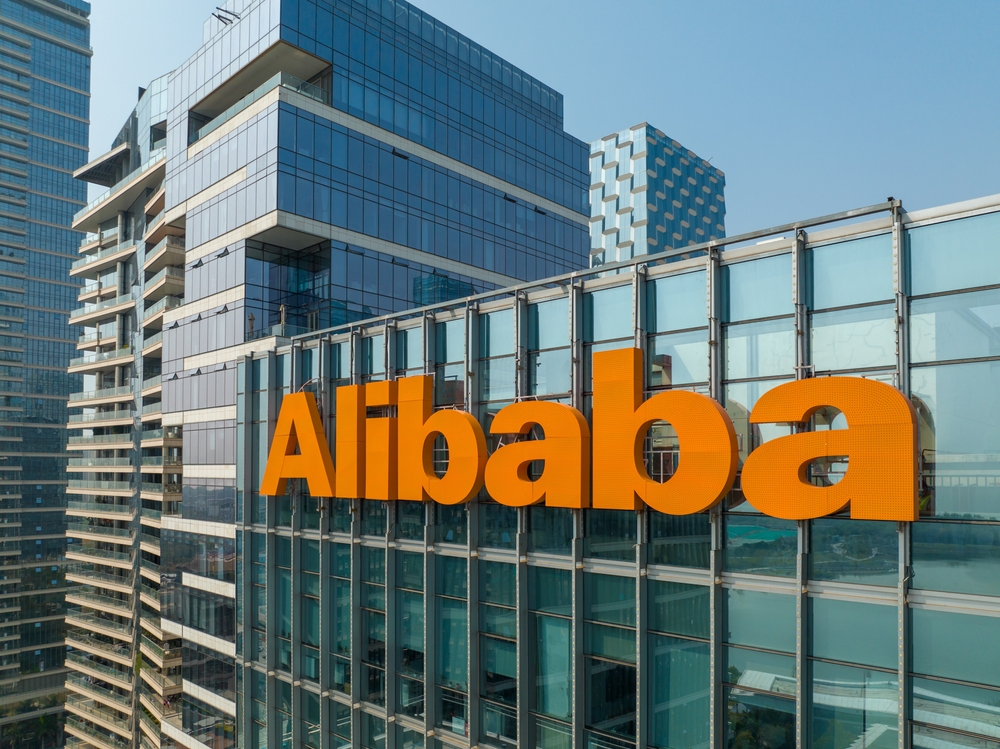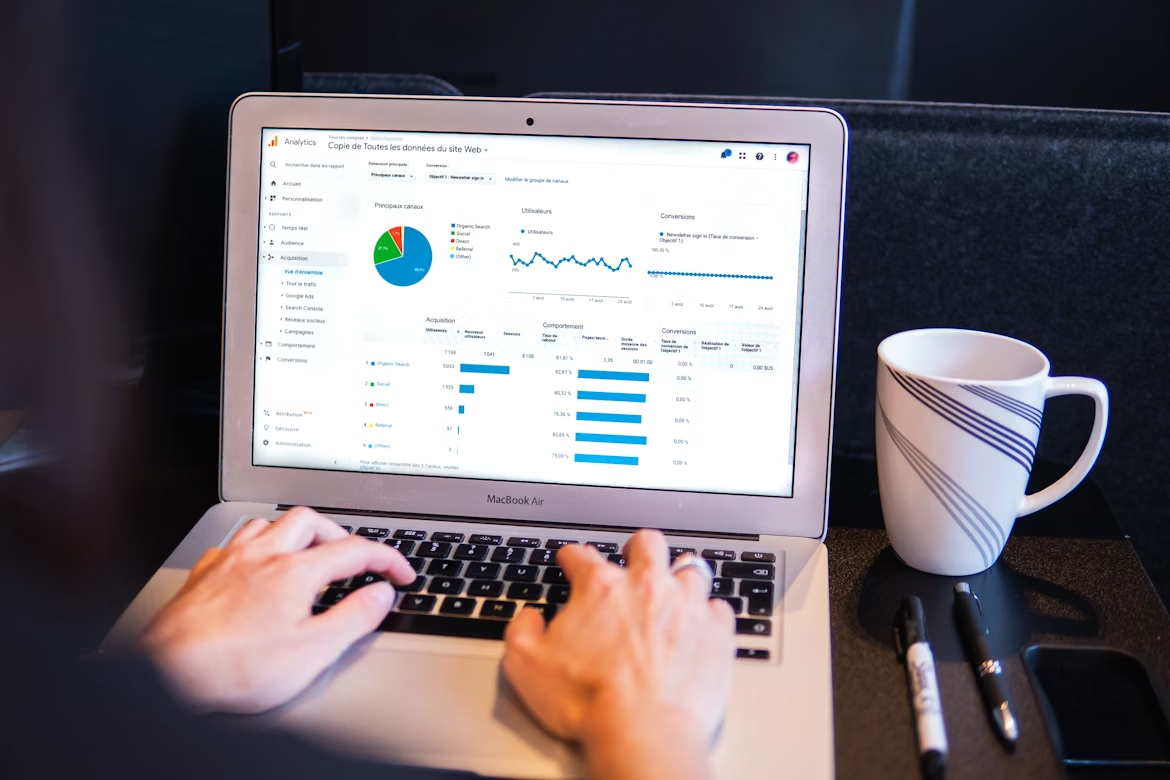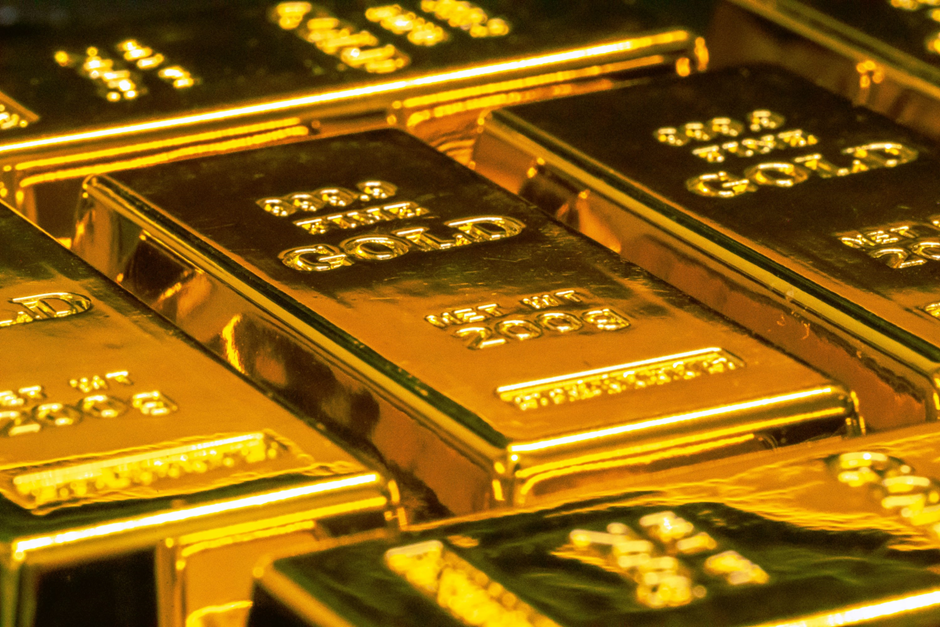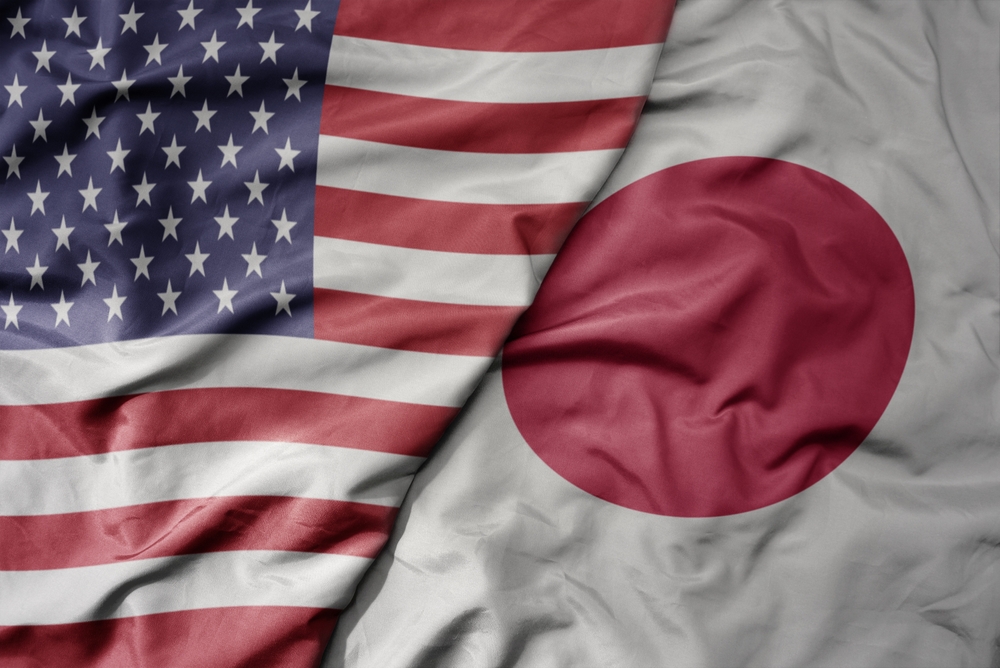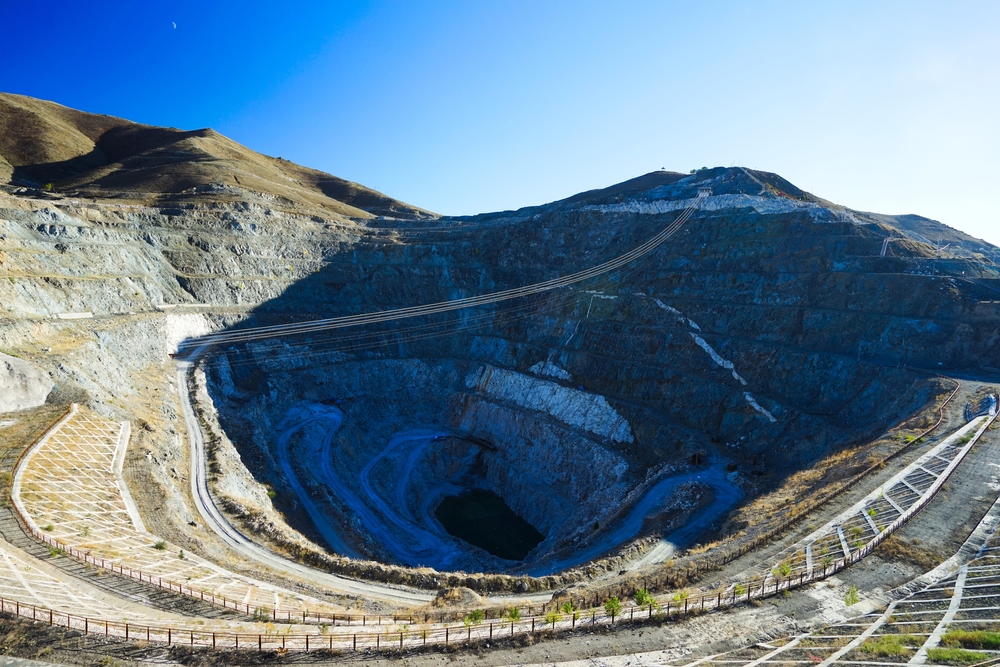The global economy is witnessing a seismic shift as we enter what many experts are calling a new "commodity supercycle," referring to a long-term trend where commodity prices rise significantly above their historical averages, often lasting for years or even decades. A perfect storm of factors is driving the current cycle, including massive government spending on green initiatives, the weakening of the U.S. dollar, and increasing demand from emerging markets. Understanding this trend as an investor may be critical for positioning your portfolio in the coming years.
Why This Time Is Different
Jeff Currie, a renowned commodities expert, has identified three key drivers of this supercycle, which he calls the "RED" factors: redistribution, environmental policies, and deglobalization. Redistribution refers to government policies that put more money in the hands of lower-income consumers, who tend to spend a higher percentage of their income on commodity-intensive goods. Environmental policies, particularly the push for green energy, are creating unprecedented demand for metals like copper and rare earth elements. Lastly, globalisation is forcing countries to build out their own manufacturing capabilities, further increasing commodity demand. These factors, combined with years of underinvestment in "old economy" sectors like mining and oil production, have set the stage for a prolonged period of rising commodity prices.
Gold's Shiny Future
Among the commodities that stand to benefit from this supercycle, gold stands out as a particularly attractive option for investors. The precious metal has already been on a tear, recently hitting all-time highs above $2,500 an ounce. Several factors are contributing to gold's 20%+ YTD performance, including expectations of interest rate cuts by the Federal Reserve, continued buying by emerging market central banks looking to diversify away from U.S. dollar assets, and strong demand from Chinese investors seeking alternatives to the troubled real estate market. Some analysts are even predicting that gold could reach $3,000 an ounce in the near future, with more bullish forecasts suggesting it could eventually hit $10,000 or higher. While such predictions should be taken with a grain of salt, they underscore the growing enthusiasm for gold as both a safe haven and a potential hedge against inflation.
Navigating the Supercycle
Investors looking to tap into the commodity supercycle have a few strategies they can explore. One way is by investing in companies that produce commodities, like mining firms or oil producers, which could see higher revenue from rising prices. Another option is to invest in commodity-focused ETFs or futures contracts. But it's important to remember that these investments can be pretty volatile and come with their own set of risks. The whole supercycle idea isn't without its challenges either—factors like a sudden global economic slowdown or new technologies could shake things up. As always, it’s crucial to spread out investments and do some solid research. While the commodity supercycle offers some exciting prospects, it should just be one piece of a bigger investment plan that matches an investor's goals and risk tolerance.


